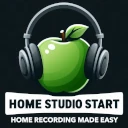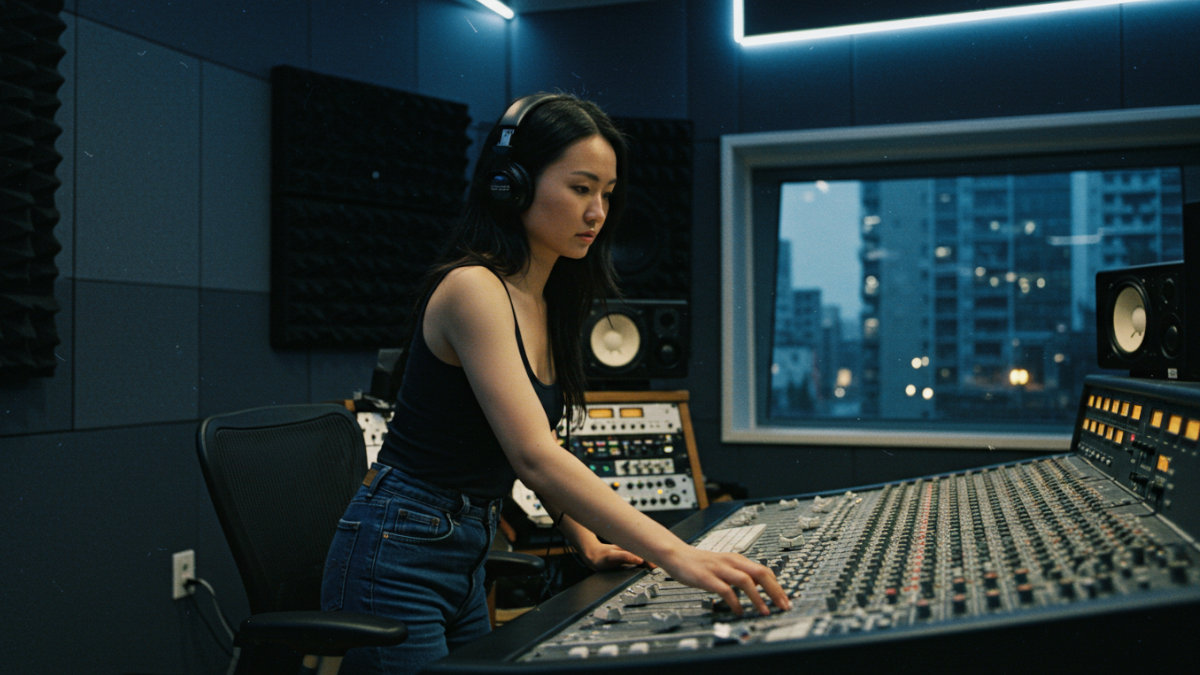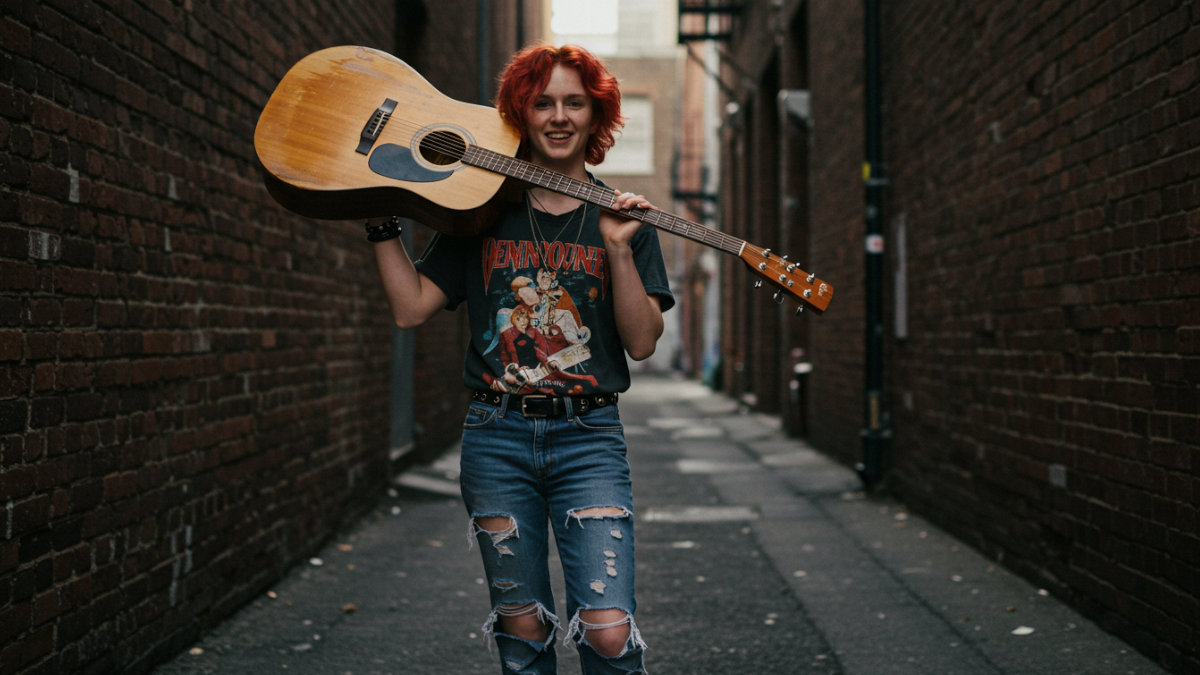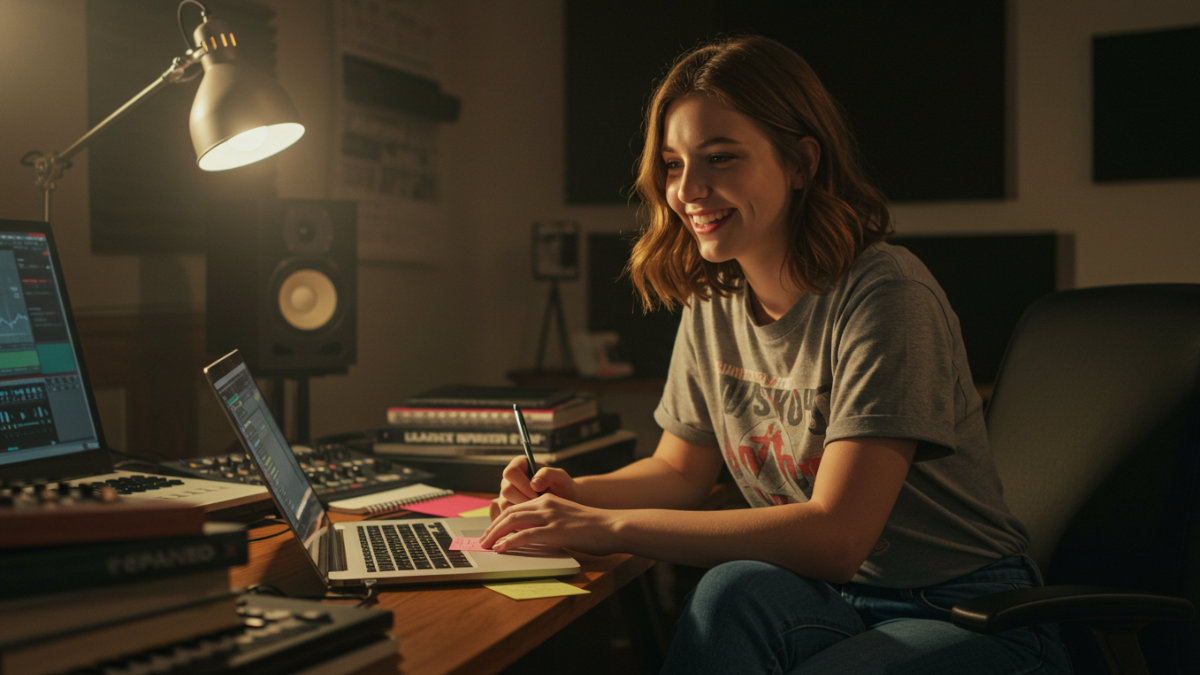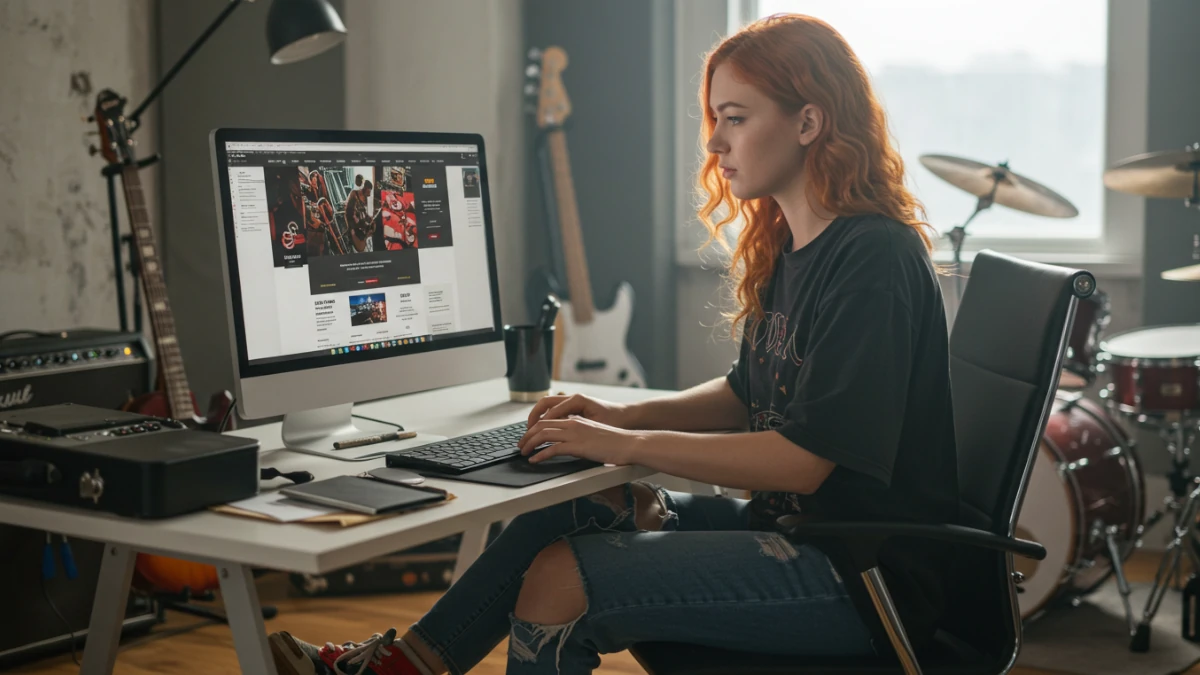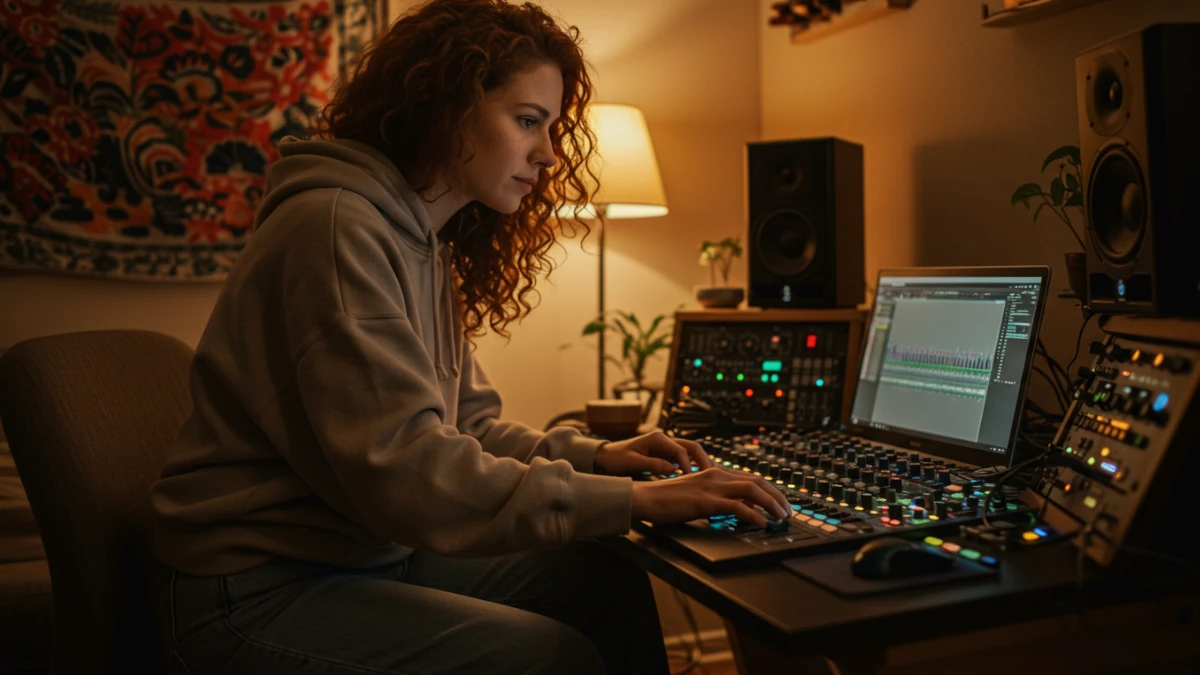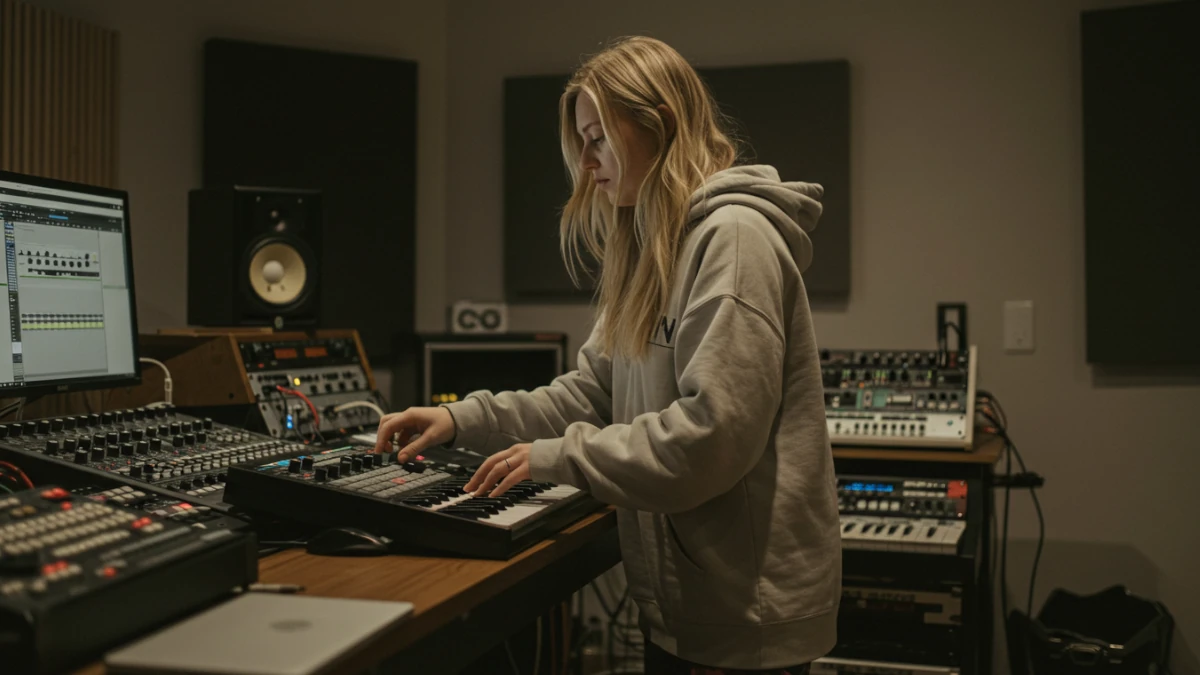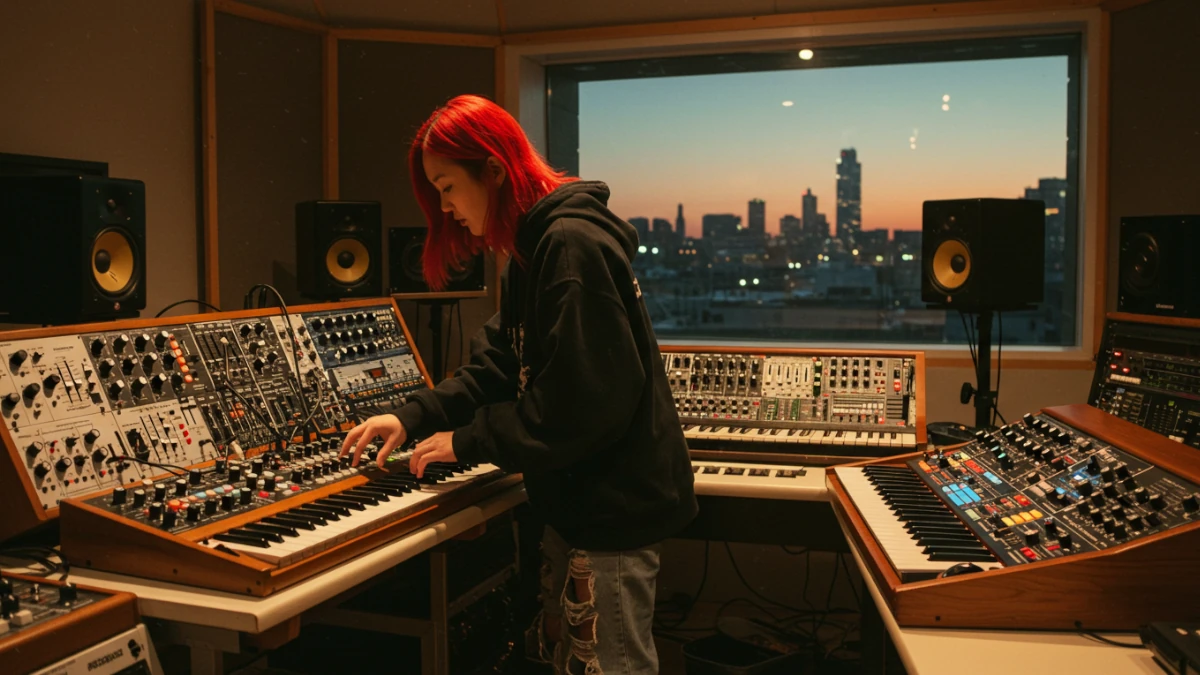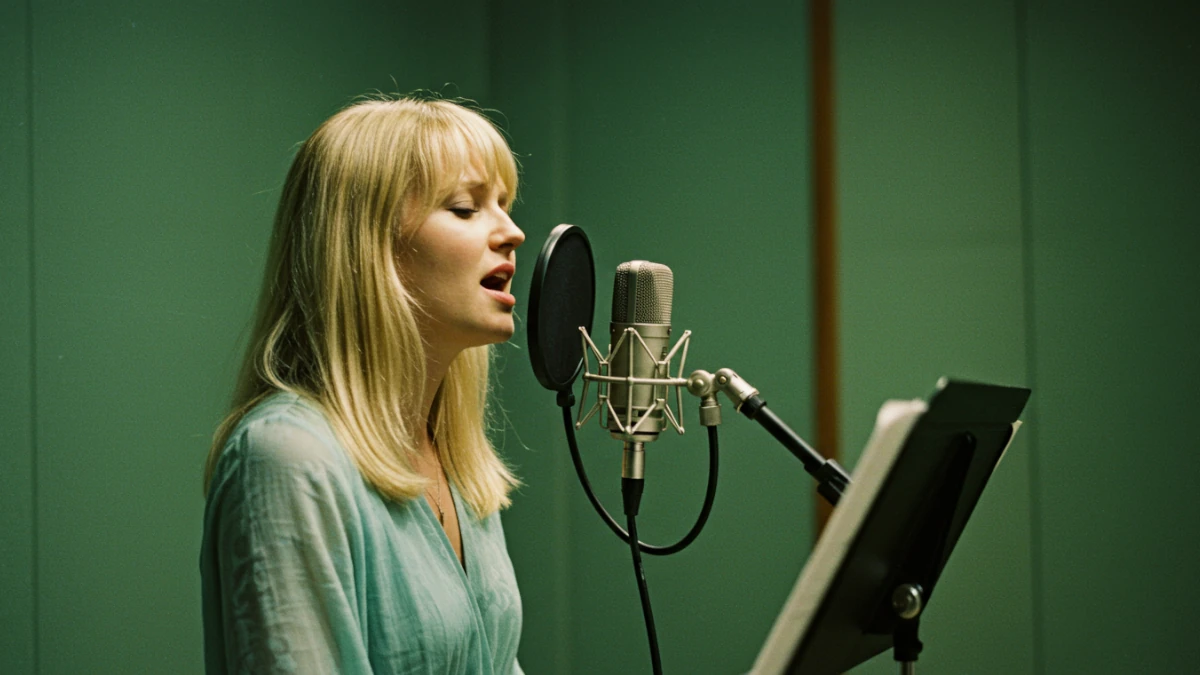Hey music lovers! Ever dreamt of taking your favorite song and twisting it into your own unique remix? Well, the dream is closer than ever thanks to AI vocal removal tools! But before you dive headfirst into creating the next big dance anthem, let’s talk about whether these tools are actually good enough.
In this post, we’re going to dissect the world of AI vocal removal and see if it lives up to the hype. We’ll be covering:
- Current AI Vocal Removal Accuracy: How well do these tools really strip out the vocals? Are we talking pristine instrumentals or a muddy mess?
- Artifacting and Audio Quality Issues: What are the common sonic hiccups you might encounter, and how can you minimize them?
- Suitability for Different Genres: Does AI vocal removal work equally well on a delicate acoustic ballad and a heavy metal banger? We’ll explore the genre limitations.
- Impact on Remixing Creativity: Are these tools empowering remixers, or are they leading to a wave of generic, AI-dependent creations?
- Legal and Ethical Considerations: Can you just rip the vocals from any song and remix it? We’ll touch on the legal gray areas and ethical dilemmas.
So grab your headphones, fire up your DAW, and let’s dive in!
